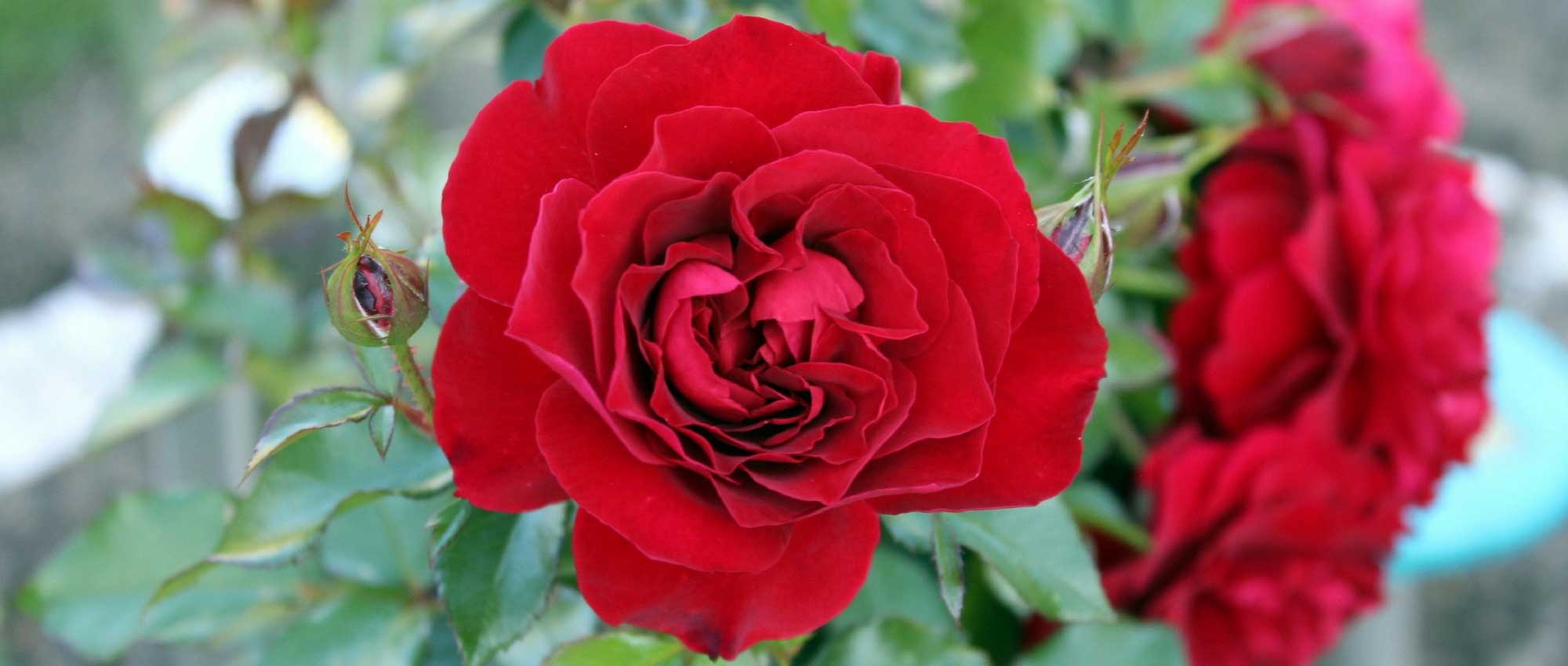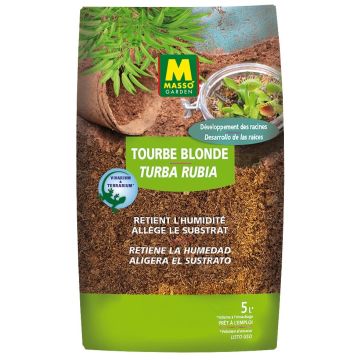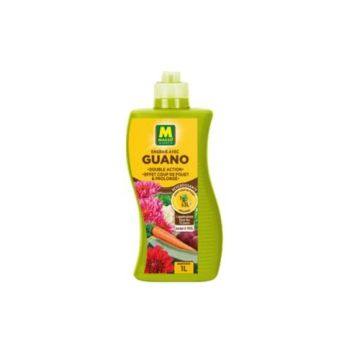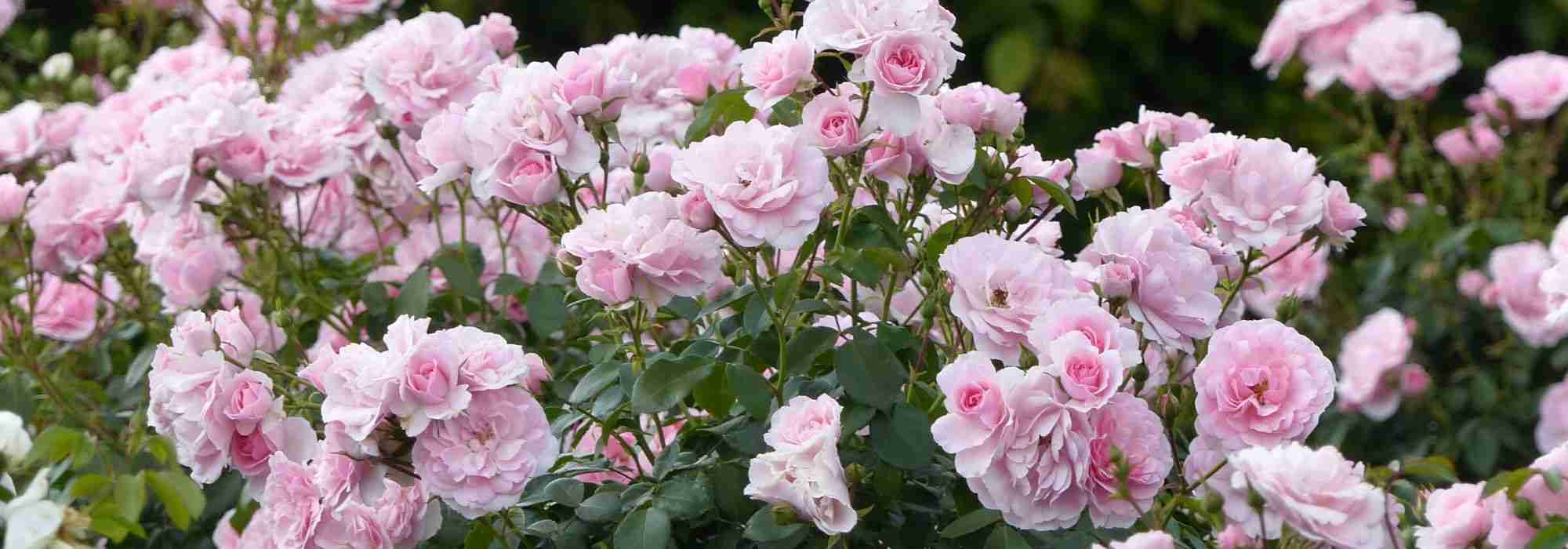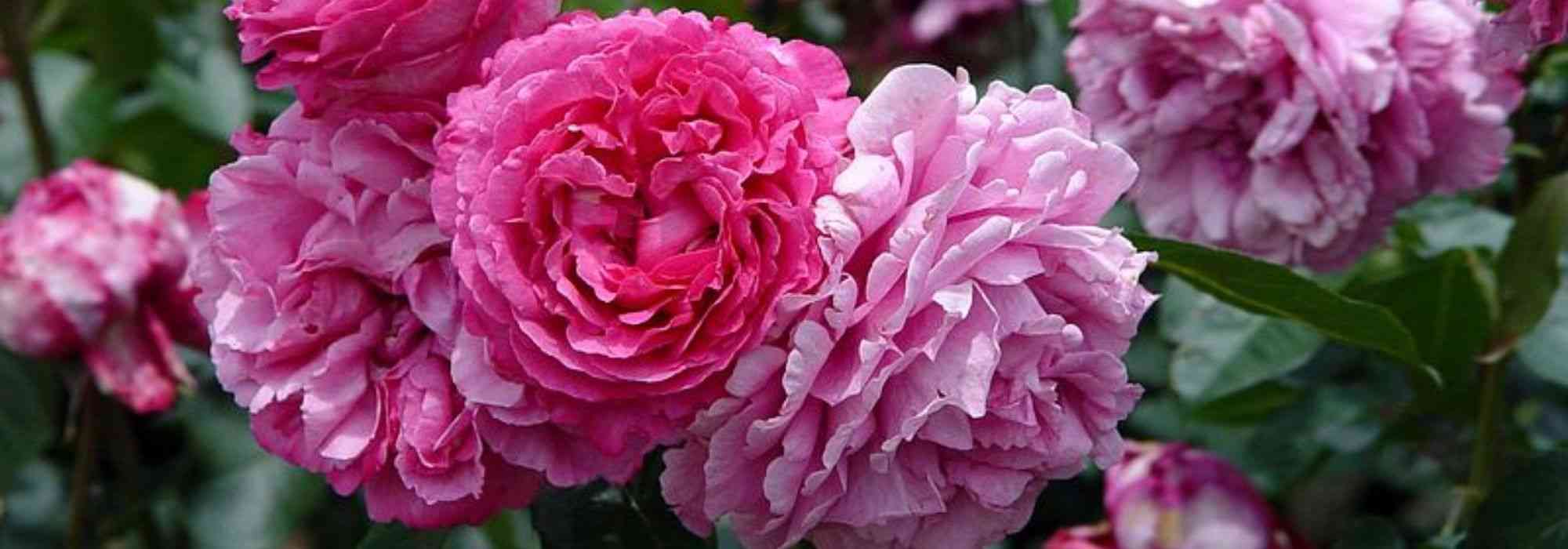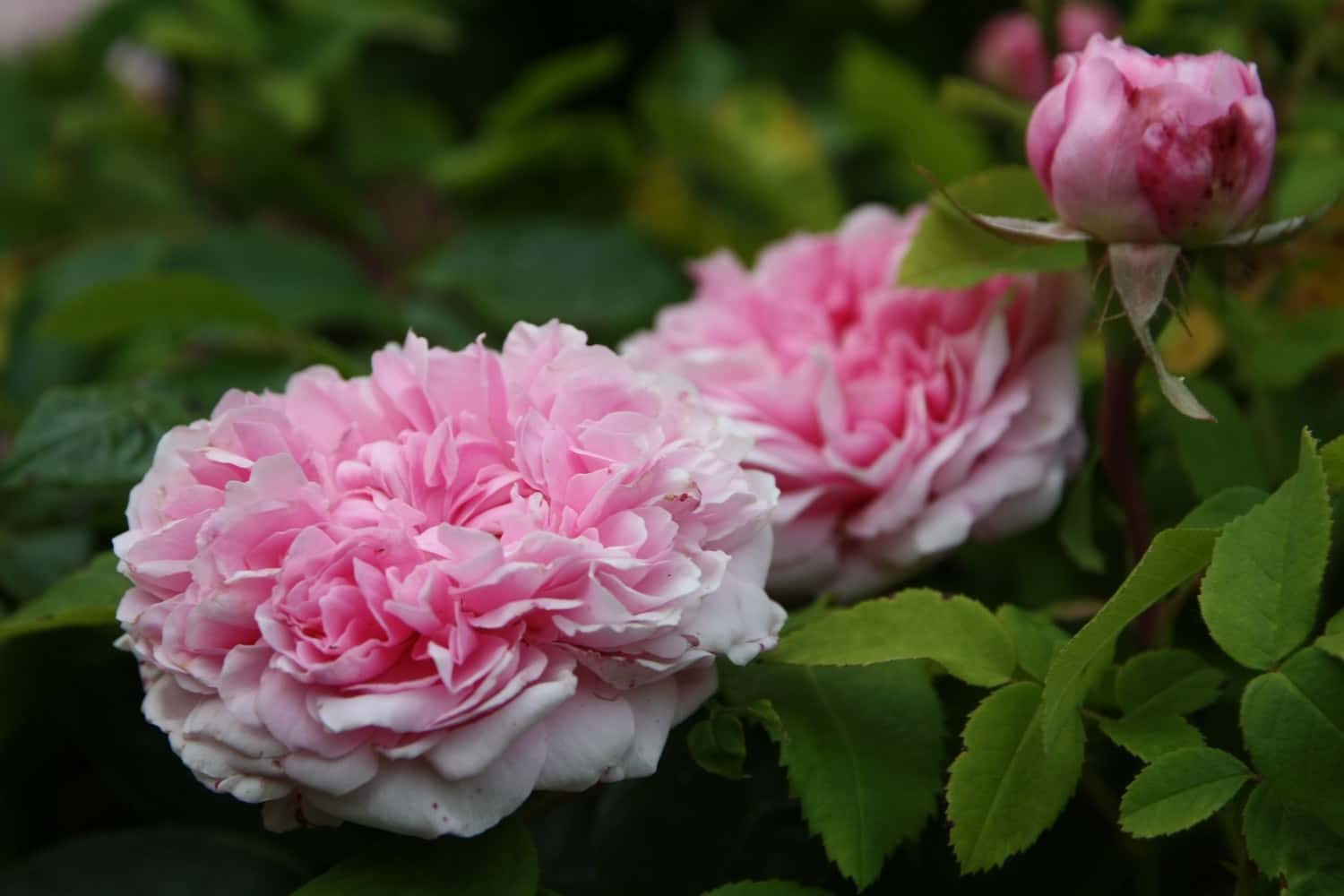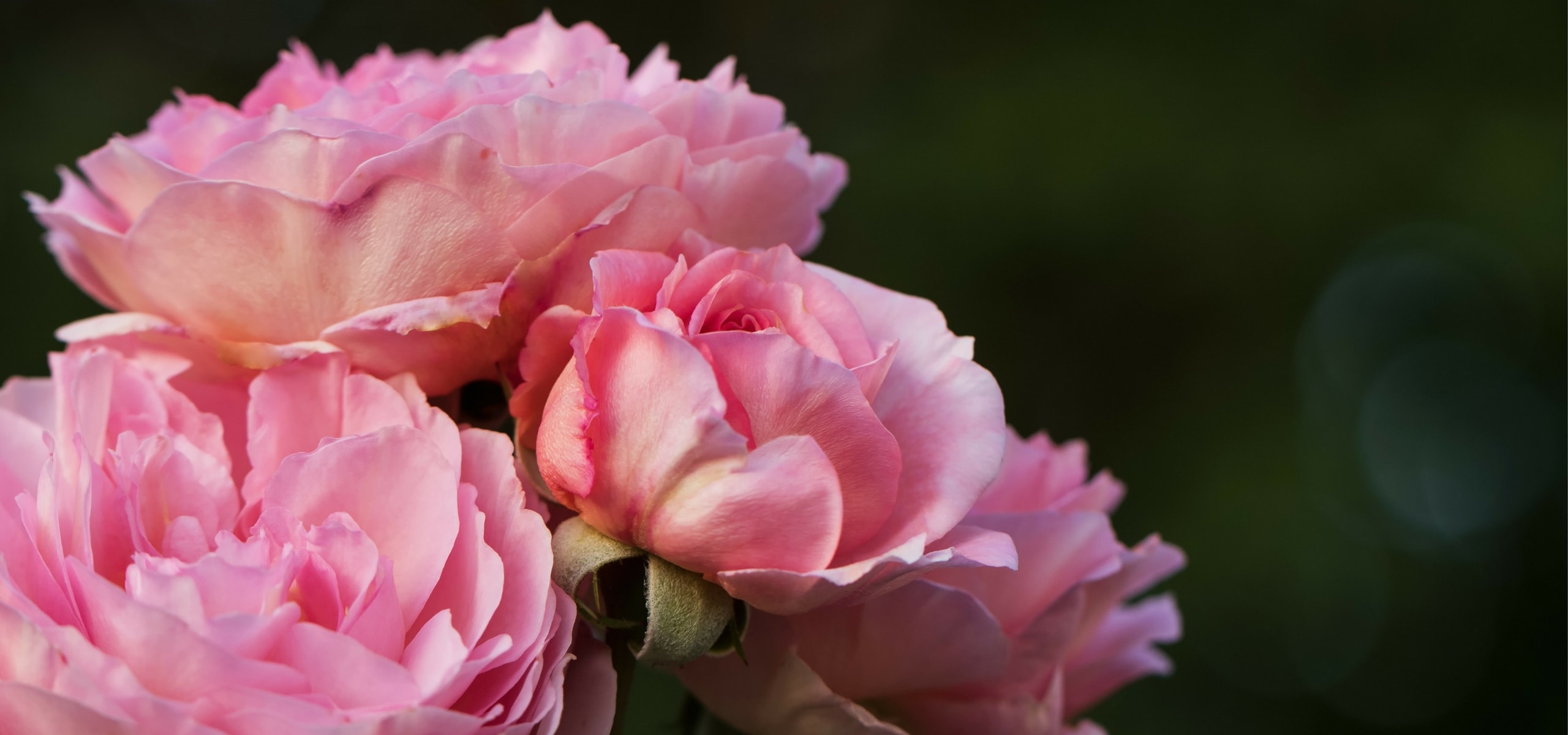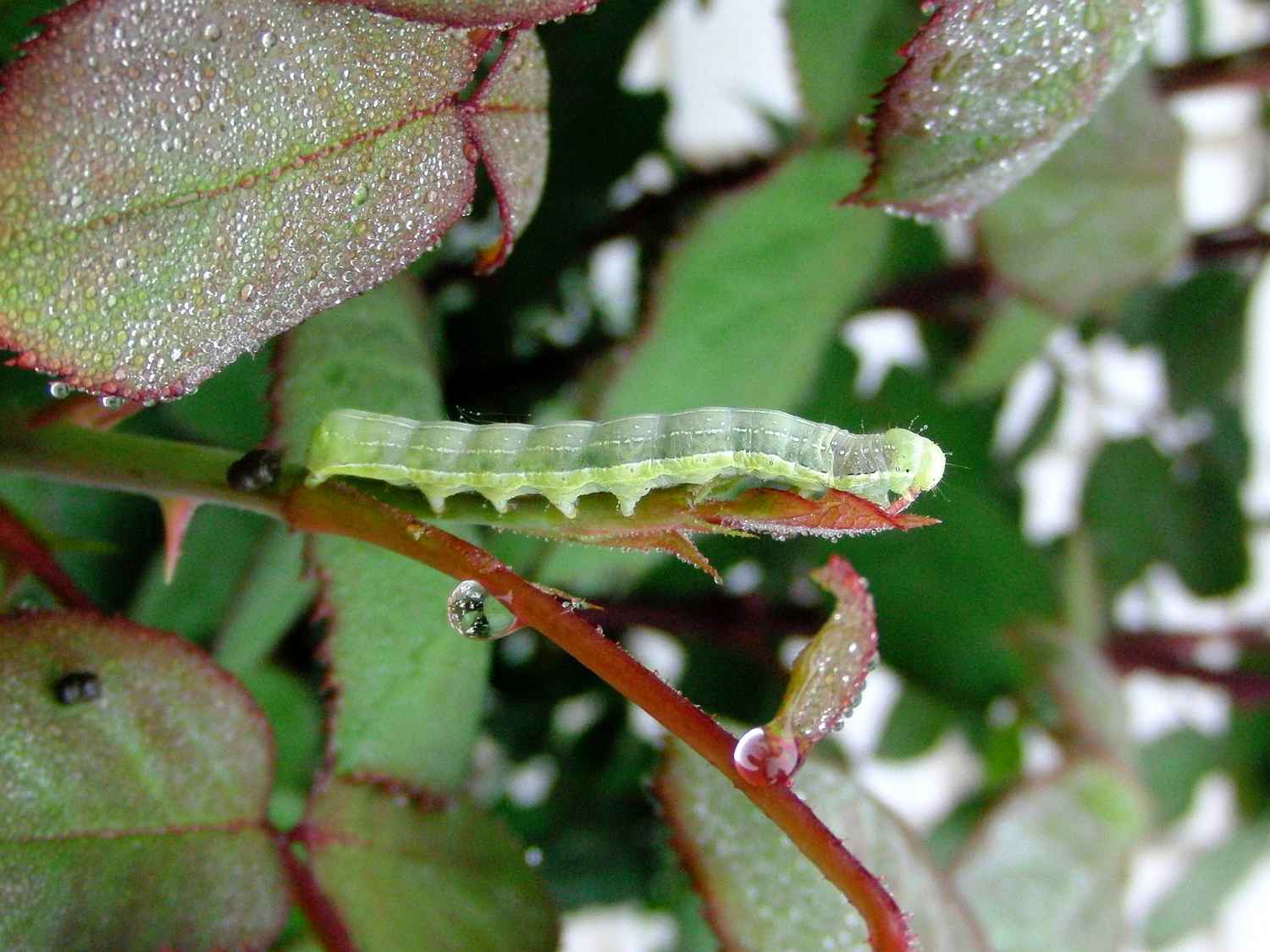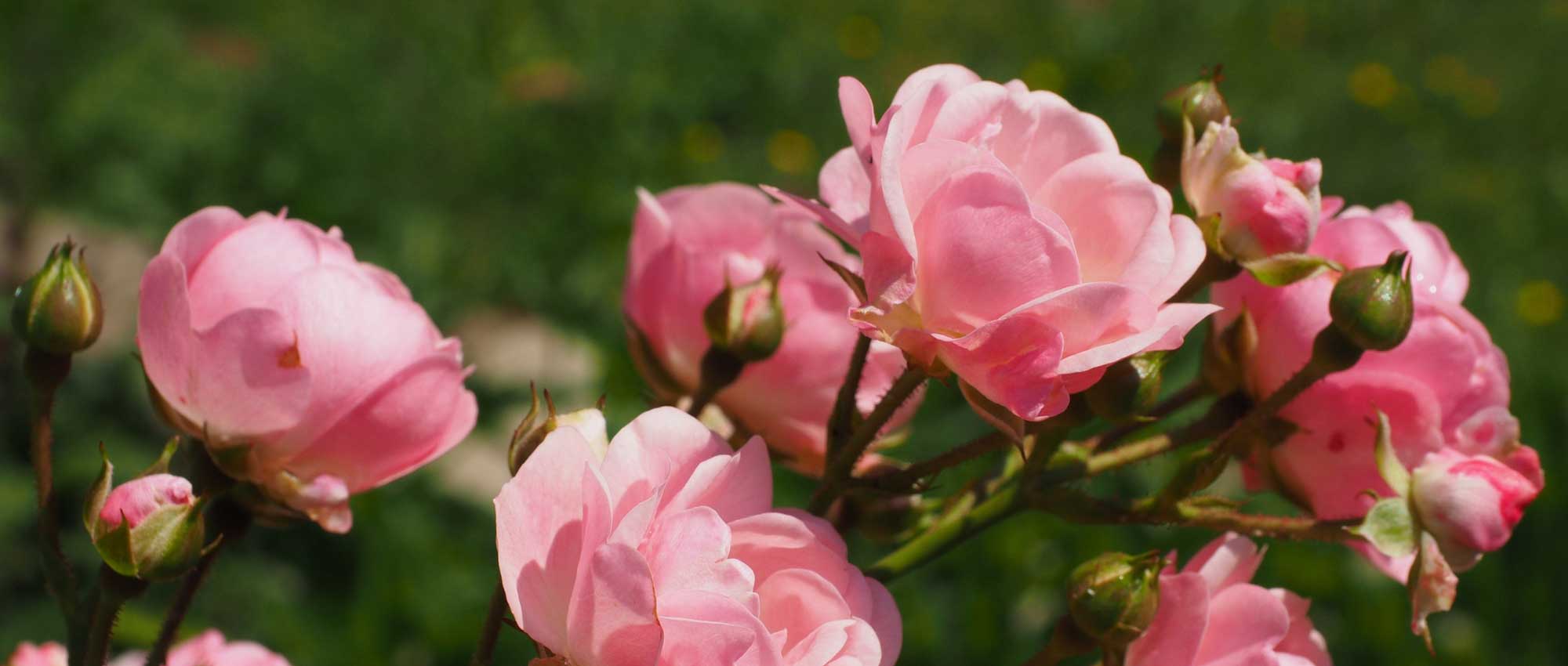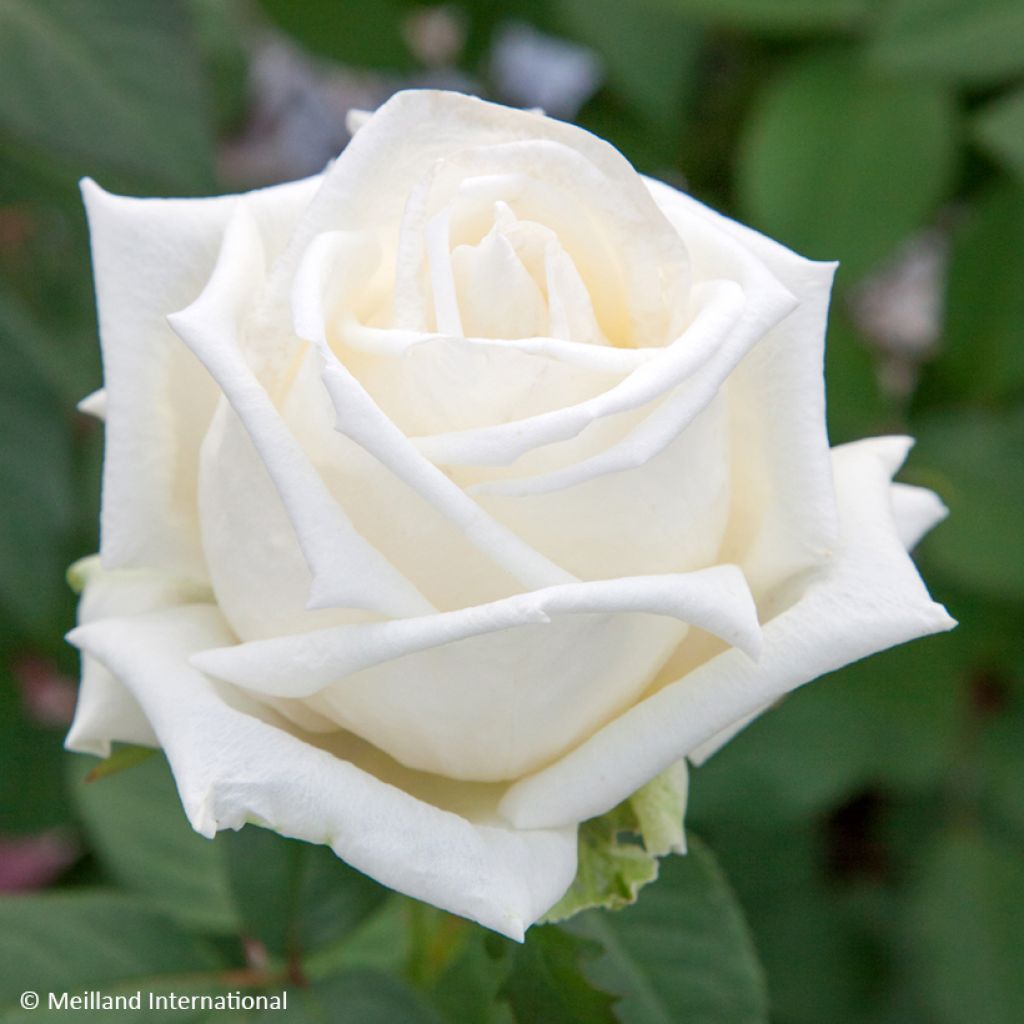

Rosa 'Meifaissel' METROPOLITAN® - Rosier Metropolitan, Rosier Queen Mary 2, Rosier Gardenia, Rosier Brilliance
Rosa 'Meifaissel' METROPOLITAN® - Rosier Metropolitan, Rosier Queen Mary 2, Rosier Gardenia, Rosier Brilliance
Rosa 'Meifaissel' METROPOLITAN®
Rosier Metropolitan, Rosier Queen Mary 2, Rosier Gardenia, Rosier Brilliance
Special offer!
Receive a €20 voucher for any order over €90 (excluding delivery costs, credit notes, and plastic-free options)!
1- Add your favorite plants to your cart.
2- Once you have reached €90, confirm your order (you can even choose the delivery date!).
3- As soon as your order is shipped, you will receive an email containing your voucher code, valid for 3 months (90 days).
Your voucher is unique and can only be used once, for any order with a minimum value of €20, excluding delivery costs.
Can be combined with other current offers, non-divisible and non-refundable.
Home or relay delivery (depending on size and destination)
Schedule delivery date,
and select date in basket
This plant carries a 24 months recovery warranty
More information
We guarantee the quality of our plants for a full growing cycle, and will replace at our expense any plant that fails to recover under normal climatic and planting conditions.

Does this plant fit my garden?
Set up your Plantfit profile →
Description
The 'Meifaissel' Metropolitan® Rose is a bush rose with large white flowers created by Meilland International. This rose stands out for its delicate, fruity fragrance as well as its early and continuous flowering from mid-May until the first frosts. The dense, dark green foliage which highlights the purity of its flowers gives this variety an incredible elegance in the garden. Create sophisticated cut flower displays with its roses!
The 'Meifaissel' rose is marketed under the names of Metropolitan®, Queen Mary 2™, Brilliance, Gardenia®, Oscar François, and Pau Casals. It is a creation by Alain Meilland dating back to before 2003. This variety was honoured in 2003 in Rome, Italy, where it received a Gold Medal, the Fragrance Prize, and the Journalists' Prize.
Belonging to the hybrid tea roses horticultural group, the Metropolitan® rose is renowned for its large, turbinate flowers borne individually on sturdy stems, making them ideal for cut flower displays. Hybrid teas are modern roses resulting from the cross-breeding of tea roses and continuously-flowering hybrids. They flower tirelessly from spring until the first frosts.
The Metropolitan® 'Meifaissel' rose has an upright and vigorous habit, with the bush reaching a height of 1 m to 1.30 m and a spread of 50 to 60 cm. Its flowers of approximately 11 cm in diameter display a very pure white colour and a spiralled form formed of 28 to 30 petals. They exude a moderate fragrance with fruity hints of green banana, peach, apricot, white lily, and lily of the valley. Flowering begins from mid-May in average climates and continues in successive waves until October or even November in mild climates. Tinged with red on young shoots, the dense, dark green foliage is semi-evergreen so that some leaves may remain on the plant during winter depending on the climate. The stems are thorny, a common characteristic among hybrid tea roses.
The history of the 'Meifaissel' rose is marked by its international recognition and versatility. Introduced in Japan in 2004 under the name Oscar François, it was introduced to the United States in 2005 and Australia in 2016 under the name of 'Brilliance'. This variety showcases Meilland's expertise in creating roses that combine aesthetics, fragrance, and robustness.
Planted as a standalone specimen, in beds, or along a pathway, this Metropolitan® rose reveals its full elegance in a garden bathed in light. Its large white flowers that dazzle with perfect elegance under the sun create a soothing effect. Pair it with a David Austin rose ‘The Pilgrim’ with its pale yellow flowers, and a large-flowered rose ‘Prince Jardinier’, whose pale pink flowers exude a subtle fragrance. To enrich the display, consider some agapanthus ‘Blue Triumphator’ with their lavender-blue umbels and some catmint ‘Purrsian Blue’, which forms an airy carpet. Together, these plants will create an elegant and luminous ensemble where the rose takes centre stage. Cut just as they bloom, the 'Metropolitan' roses will form timelessly elegant cut flower displays.
Rosa 'Meifaissel' METROPOLITAN® - Rosier Metropolitan, Rosier Queen Mary 2, Rosier Gardenia, Rosier Brilliance in pictures
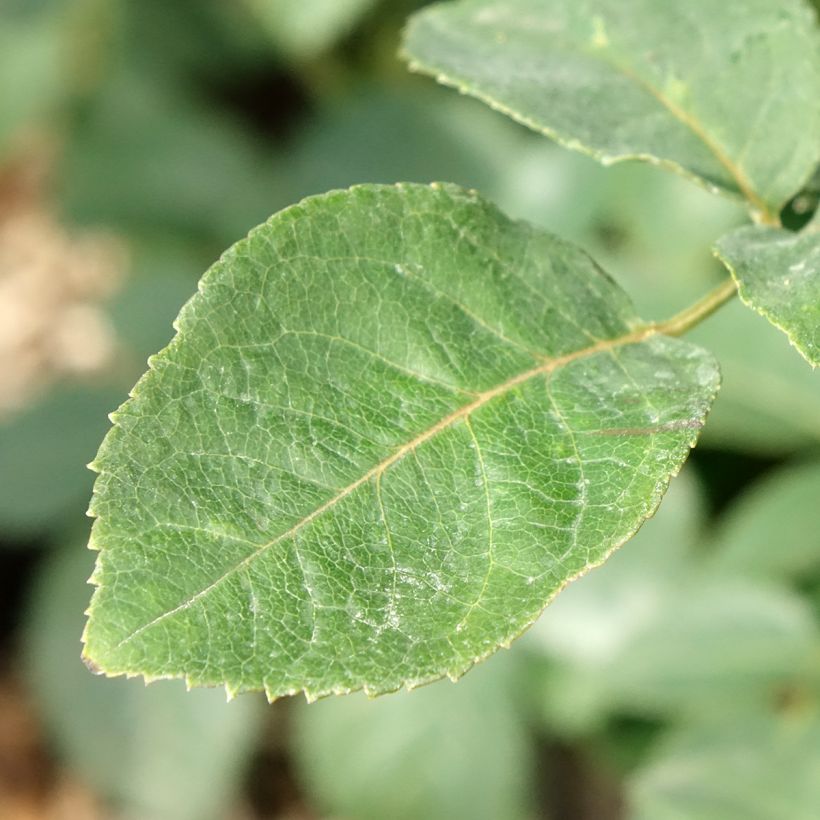

Plant habit
Flowering
Foliage
Botanical data
Rosa
'Meifaissel' METROPOLITAN®
Rosaceae
Rosier Metropolitan, Rosier Queen Mary 2, Rosier Gardenia, Rosier Brilliance
Rosa 'Meifaissel' QUEEN MARY2®, Rosa METROPOLITAN
Cultivar or hybrid
Planting and care
To plant your Metropolitan rose, prepare the soil by digging a 30 cm cube, breaking up the earth well and adding a base fertiliser such as dried blood or dehydrated horn at the bottom of the planting hole. Position your plant after removing it from its pot, covering the top of the root ball with 3 cm of soil, then backfill and water thoroughly to eliminate any air pockets. In dry weather, water regularly for a few weeks to encourage root establishment. Also consider feeding your rose with a special rose fertiliser to stimulate flowering. Choose a sunny spot, or partial shade in very hot regions.
Planting period
Intended location
Care
Planting & care advice
This item has not been reviewed yet - be the first to leave a review about it.
Haven't found what you were looking for?
Hardiness is the lowest winter temperature a plant can endure without suffering serious damage or even dying. However, hardiness is affected by location (a sheltered area, such as a patio), protection (winter cover) and soil type (hardiness is improved by well-drained soil).

Photo Sharing Terms & Conditions
In order to encourage gardeners to interact and share their experiences, Promesse de fleurs offers various media enabling content to be uploaded onto its Site - in particular via the ‘Photo sharing’ module.
The User agrees to refrain from:
- Posting any content that is illegal, prejudicial, insulting, racist, inciteful to hatred, revisionist, contrary to public decency, that infringes on privacy or on the privacy rights of third parties, in particular the publicity rights of persons and goods, intellectual property rights, or the right to privacy.
- Submitting content on behalf of a third party;
- Impersonate the identity of a third party and/or publish any personal information about a third party;
In general, the User undertakes to refrain from any unethical behaviour.
All Content (in particular text, comments, files, images, photos, videos, creative works, etc.), which may be subject to property or intellectual property rights, image or other private rights, shall remain the property of the User, subject to the limited rights granted by the terms of the licence granted by Promesse de fleurs as stated below. Users are at liberty to publish or not to publish such Content on the Site, notably via the ‘Photo Sharing’ facility, and accept that this Content shall be made public and freely accessible, notably on the Internet.
Users further acknowledge, undertake to have ,and guarantee that they hold all necessary rights and permissions to publish such material on the Site, in particular with regard to the legislation in force pertaining to any privacy, property, intellectual property, image, or contractual rights, or rights of any other nature. By publishing such Content on the Site, Users acknowledge accepting full liability as publishers of the Content within the meaning of the law, and grant Promesse de fleurs, free of charge, an inclusive, worldwide licence for the said Content for the entire duration of its publication, including all reproduction, representation, up/downloading, displaying, performing, transmission, and storage rights.
Users also grant permission for their name to be linked to the Content and accept that this link may not always be made available.
By engaging in posting material, Users consent to their Content becoming automatically accessible on the Internet, in particular on other sites and/or blogs and/or web pages of the Promesse de fleurs site, including in particular social pages and the Promesse de fleurs catalogue.
Users may secure the removal of entrusted content free of charge by issuing a simple request via our contact form.
The flowering period indicated on our website applies to countries and regions located in USDA zone 8 (France, the United Kingdom, Ireland, the Netherlands, etc.)
It will vary according to where you live:
- In zones 9 to 10 (Italy, Spain, Greece, etc.), flowering will occur about 2 to 4 weeks earlier.
- In zones 6 to 7 (Germany, Poland, Slovenia, and lower mountainous regions), flowering will be delayed by 2 to 3 weeks.
- In zone 5 (Central Europe, Scandinavia), blooming will be delayed by 3 to 5 weeks.
In temperate climates, pruning of spring-flowering shrubs (forsythia, spireas, etc.) should be done just after flowering.
Pruning of summer-flowering shrubs (Indian Lilac, Perovskia, etc.) can be done in winter or spring.
In cold regions as well as with frost-sensitive plants, avoid pruning too early when severe frosts may still occur.
The planting period indicated on our website applies to countries and regions located in USDA zone 8 (France, United Kingdom, Ireland, Netherlands).
It will vary according to where you live:
- In Mediterranean zones (Marseille, Madrid, Milan, etc.), autumn and winter are the best planting periods.
- In continental zones (Strasbourg, Munich, Vienna, etc.), delay planting by 2 to 3 weeks in spring and bring it forward by 2 to 4 weeks in autumn.
- In mountainous regions (the Alps, Pyrenees, Carpathians, etc.), it is best to plant in late spring (May-June) or late summer (August-September).
The harvesting period indicated on our website applies to countries and regions in USDA zone 8 (France, England, Ireland, the Netherlands).
In colder areas (Scandinavia, Poland, Austria...) fruit and vegetable harvests are likely to be delayed by 3-4 weeks.
In warmer areas (Italy, Spain, Greece, etc.), harvesting will probably take place earlier, depending on weather conditions.
The sowing periods indicated on our website apply to countries and regions within USDA Zone 8 (France, UK, Ireland, Netherlands).
In colder areas (Scandinavia, Poland, Austria...), delay any outdoor sowing by 3-4 weeks, or sow under glass.
In warmer climes (Italy, Spain, Greece, etc.), bring outdoor sowing forward by a few weeks.






























